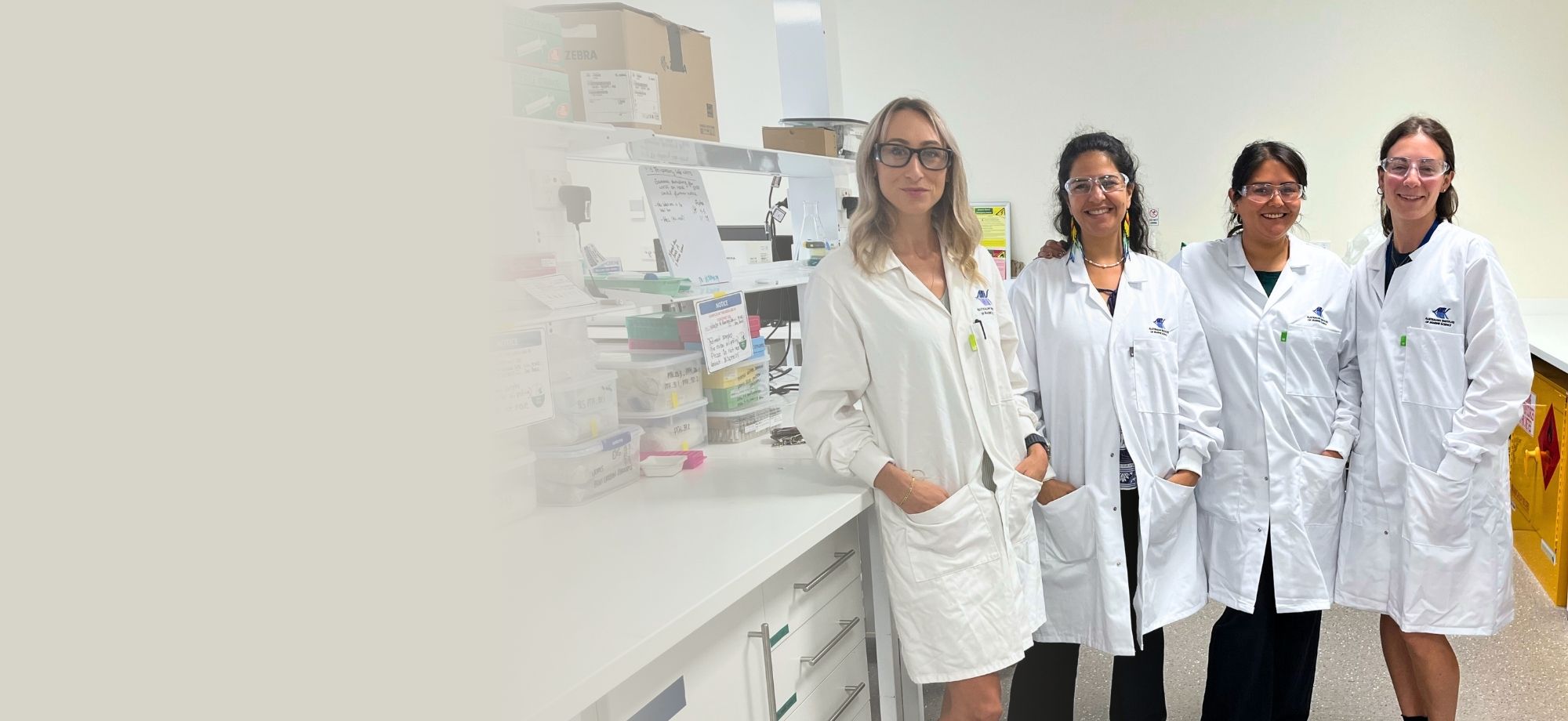In September 2020, Alistair Hayden’s house filled with smoke from the Bobcat Fire, one of the largest wildfires on record in Los Angeles County, which scorched nearly 116,000 acres.
“We were all watching – students and others – wondering whether the fire was going to burn up the mountain toward the Mount Wilson Observatory, which is a huge part of Los Angeles history,” said in the Department of Public and Ecosystem Health at the College of Veterinary Medicine.
Fire spared the observatory. That was mostly thanks to hazard-mitigation efforts to reduce flammable, natural fuels, Hayden later learned.
“I noticed effective policies,” he said, “and the importance of that kind of work.”
Lessons from working at the California Governor’s Office of Emergency Services have resonated for assistant professor Alistair Hayden, as he helps New York communities become more disaster resilient in the face of climate change.
That lesson has resonated throughout Hayden’s career, which led him from the California Governor’s Office of Emergency Services to the Cornell faculty in 2022. At Cornell, he has been helping New York communities grow more disaster resilient and mitigate the effects of climate change on public health. He’s working with officials to expand hazard mitigation and public emergency preparedness, and teaches students how to turn seemingly disparate data into beneficial geospatial analysis that can be used for modeling.
“I’m working to get communities what they need. In some cases that’s cutting-edge research and sometimes it’s new policies or new resources.” Hayden said. “Natural disasters can obviously impact people’s health. In the Department of Public and Ecosystem Health, I’ve really gotten a chance to dive in and study these events from new angles and perspectives.”
Bridging research and community
Hayden experienced a California déjà vu in June 2023, when Canadian wildfires draped heavy smoke over the Midwest and the Northeast, especially in New York.
“The East Coast is not used to wildfire or smoke,” he said, pointing out that the residual smoke contains particulate matter that people breathe in and races into the bloodstream. “Wildfires and the smoke are quite hazardous to health.”
He discovered that nearly half of all New York counties – 28 out of 62 – had no air-quality detectors and could not discern fine particulate matter. So Hayden organized a partnership between his department and Cornell Cooperative Extension , with rapid-response funding from the .
Thanks to that work, policymakers and the public can tap into real-time air-quality data everywhere in the state.
“I’ve been trying to bridge the application of research and apply that knowledge to specific geographic locations,” said Hayden, a Cornell Atkinson faculty fellow.
“We want to communicate with policymakers and show them how situations are not just impacting specific people, but their community,” he said. “I see a big gap, in both directions, between research and policy and practice.”
Hayden is also working to expand the use of resilience hubs – a natural disaster and social equity plan modeled after California’s – in New York state, with partnership from the New York State Department of Environmental Conservation; , senior lecturer in the ; and graduate students.
The group is helping communities set up resilience hubs with community partners. These partnerships may include interventions such as cooling stations during extreme heat and backup energy during power outages, as well as support for day-to-day needs like hosting community events and enhancing food distribution. The hubs – now in the pilot phase – will be at the Southside Community Center and the Paleontological Research Institution in Ithaca, and on the lands belonging to the St. Regis Mohawk Tribe east of Massena, New York.
Hayden is co-launching an on July 9, which provides local and federal emergency managers with real-time mortality data resulting from wildfire and heavy smoke incidents. He’s working with , professor of Earth and atmospheric sciences in the (CALS), and Ben Eck, a web developer with the (CALS).
Bringing California’s lessons to New York
As a freshly minted Ph.D., Hayden joined the California Governor’s Office of Emergency Services to help bridge science and policy. It was there that Hayden observed how science and community impact were critically connected.
Assistant professor Alistair Hayden said that in the Department of Public and Ecosystem Health, in the College of Veterinary Medicine, he gets a chance to examine natural disasters – and how they affect human health – from new angles and perspectives.
Three years after the deadly Camp Fire in 2018, which destroyed the entire town of Paradise, California, Hayden was deployed to remediate contaminants that settled into the ground from burned homes and other structures, from construction material and plastic siding to furniture and household chemicals.
“In wildfire recovery, scraping up the top six inches of topsoil is mandatory – it’s contaminated,” Hayden said. “In floods, you can get rid of water and patch up a house. Recovery from wildfire takes many years.”
Hayden’s municipal experience served him well in 2021 when he became division chief for the California Earthquake Early Warning Program. He managed a $17 million budget and helped lead the expansion of an instantaneous public warning system called MyShake, based on an established earthquake-communication network infrastructure.
With the app, anyone with a smartphone could learn of an earthquake seconds after detection. When it senses an earthquake, the app loudly instructs the phone user to drop, cover and hold on – shaking is expected.
“If there is shaking, trains can be automatically slowed so they don’t derail. Bridge gates can be lowered to protect cars,” Hayden said. “Companies with sensitive equipment can take instant action and surgeons in an operating room can stop the procedure. Things can be locked down.”
Two weeks after he moved to Ithaca, his phone – still set to his previous location in California – informed him an earthquake was imminent. “It was a nice transition from my last job working for the people of California,” he said, “alerting me in my new job.”








